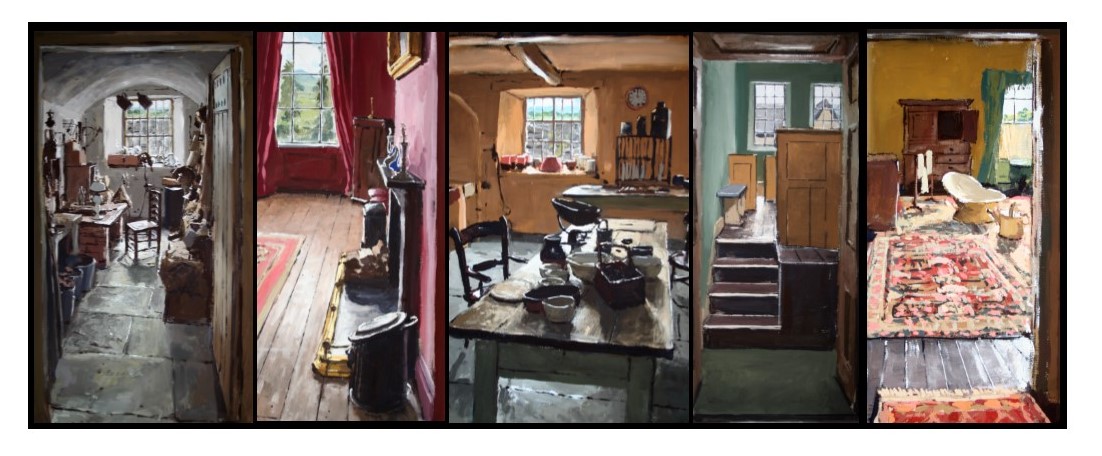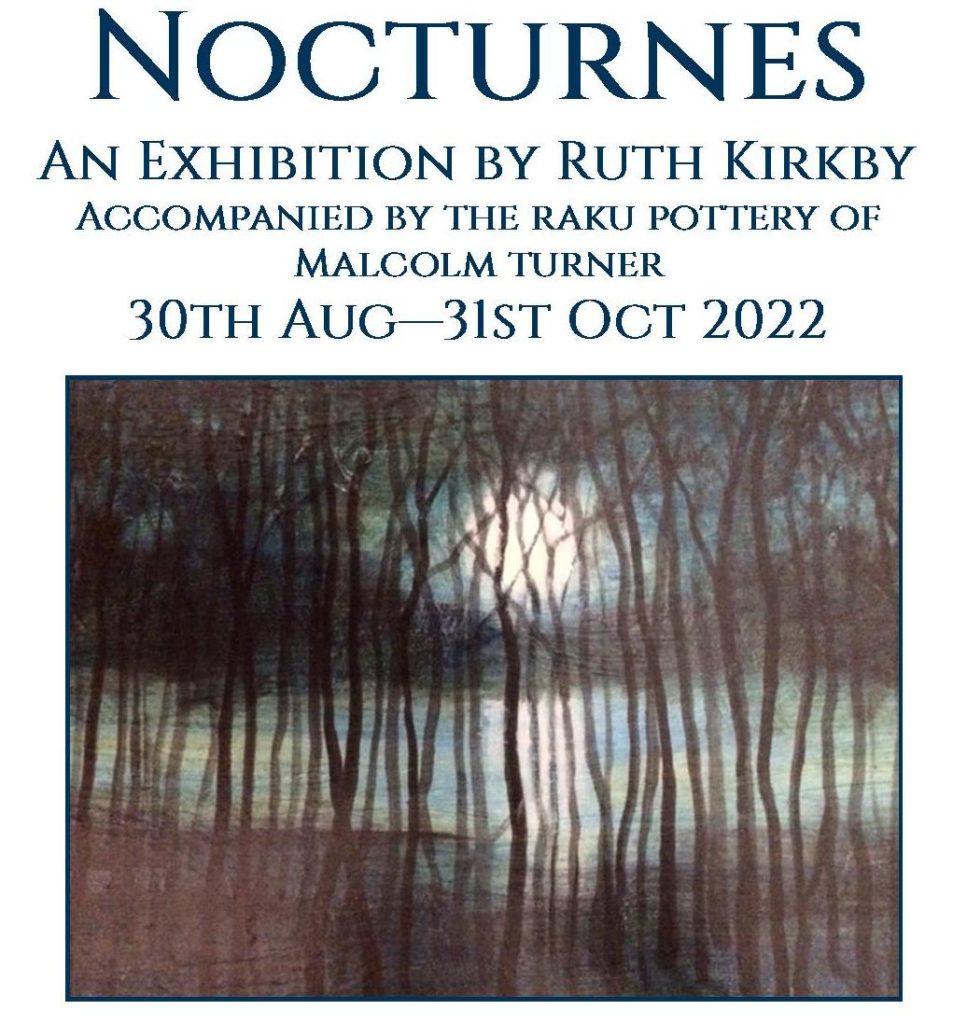after her coronation in 1837? Have a parliamentary meeting? Have tea with all the royal dignitaries? No – she gave her dog, Dash, a bath.


“I have become fascinated with the effect of moonlight on the landscape, particularly in the early evening in winter, when the moon is low in the sky, and can be glimpsed through the bare branches of trees and over rooftops.
Portraying the luminosity of moonlight is challenging, and takes many patient applications of very thin oil paint. This process is known as glazing, and is built up over hours and days. Each layer has to be allowed to dry before the next layer is applied. Different colours are used, but all must be transparent in order not to make the image too cloudy. It is the technique used by many old masters from Rembrandt to Turner, and allows each layer of paint to glow through the next.
My good friend and photographer Kerstin Maier has captured this process in her wonderful atmospheric images taken over several days. She has photographed my work from unusual angles, using an analogue look which gives a grainy finish to the images – portraying the process from early watercolour sketches to completed work.
Her photographs and my work will be exhibited alongside each other, to enable the viewer the better understand this intricate process.”
Ruth Kirkby